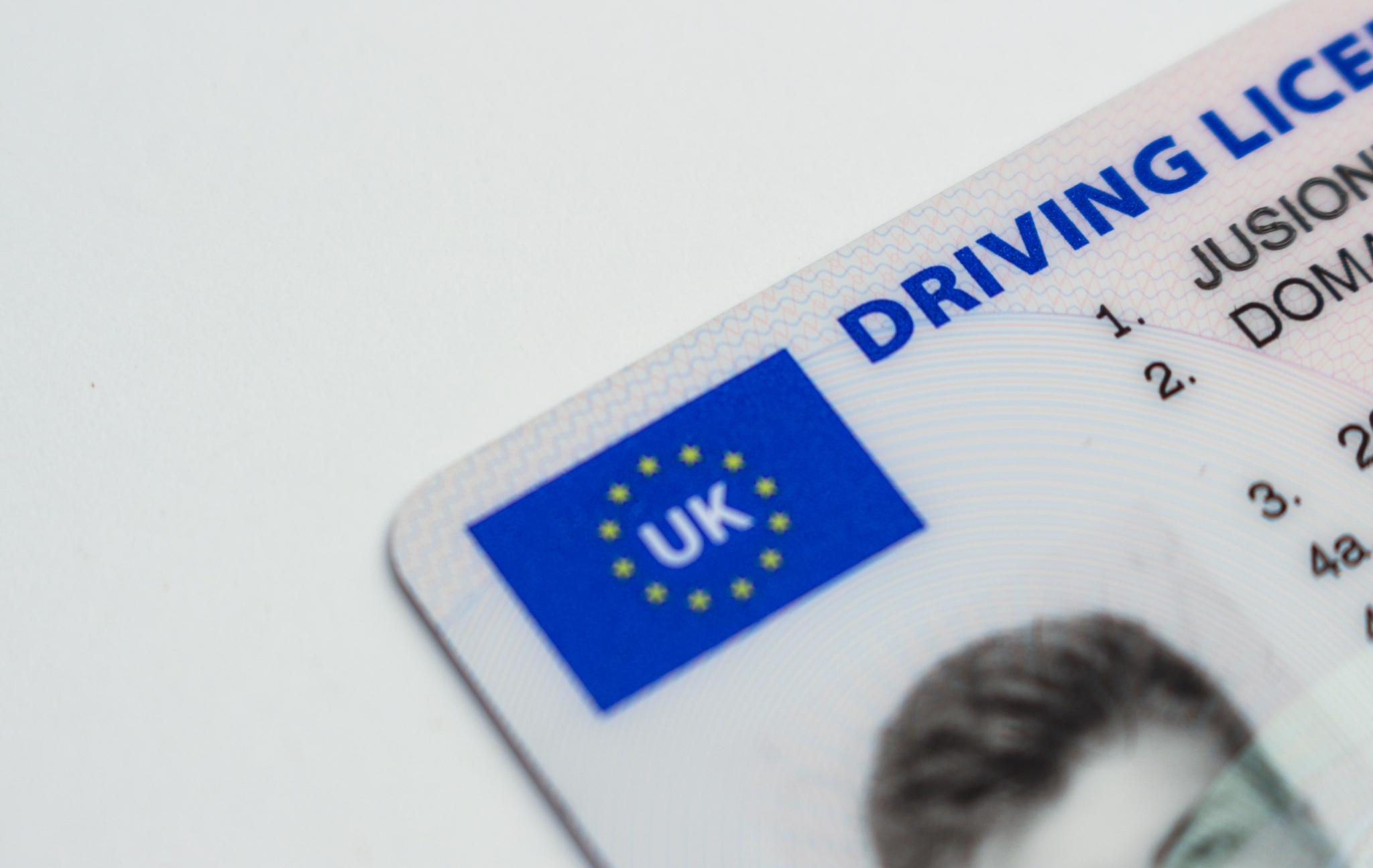
Top Tips for Driving a Van: Is it Harder Than Driving a Car?
Driving a van for the first time can feel a little intimidating. Whether you are using one for a move, a work project, or to transport equipment, vans are undeniably different from cars. However, with some preparation and useful tips, you can make the experience safe and straightforward. Let us break down the differences and share practical advice to help you feel more comfortable behind the wheel before hiring a van.
Size and Handling
Larger Size
Vans are physically larger than most cars, which means they require more space on the road and in parking areas. The increased length and width can make turning and navigating narrow streets more challenging at first.
- Turning: When making turns, especially tight ones, you need to account for the longer wheelbase. This often means taking wider turns than you would in a car to avoid hitting curbs or other obstacles.
- Parking: Parking a van requires more space and can feel less intuitive, particularly when reversing. Choosing larger parking spaces and practising reversing in a quiet area can help build confidence.
Heavier Feel
The extra size and weight of a van mean it feels less responsive to quick steering inputs. This can make it seem less nimble compared to a car, especially when navigating tight corners or making sudden manoeuvres. Adjusting to the more deliberate handling style of a van is key.
- Top Tip: Drive slowly in tight areas and give yourself extra time to adjust your position during manoeuvres.
Visibility and Blind Spots
Elevated Driving Position
One of the benefits of driving a van is sitting higher up, which provides a better view of the road ahead. This can help you anticipate traffic and road conditions more effectively.
Increased Blind Spots
The size of a van also creates larger blind spots, particularly along the sides and directly behind the vehicle. Vans without rear windows rely entirely on mirrors for reversing and lane changes, which can take some getting used to.
- Adjust Mirrors Carefully: Before starting your journey, make sure the side mirrors are properly adjusted to cover as many of the blind spots as possible.
- Use Convex Mirrors: Some vans are equipped with convex or wide-angle mirrors to help reduce blind spots. Familiarise yourself with these features before setting off.
Reversing Challenges
Unlike cars, many vans do not have a rear window or rear-view mirror. This makes reversing more challenging, particularly in tight spaces or crowded areas.
- Tip for Reversing: Use your side mirrors effectively and consider asking someone to guide you if reversing into a particularly tight spot. Parking sensors, if available, can also be a huge help.
Power and Acceleration
Slower Acceleration
Vans are typically equipped with engines designed for steady, reliable performance rather than quick acceleration. This difference is most noticeable when carrying a heavy load.
- Merging and Overtaking: Be mindful of the time it takes to accelerate when merging onto busy roads or overtaking slower vehicles. Allow extra space to complete these manoeuvres safely.
- Uphill Driving: A fully loaded van may feel sluggish when climbing hills. Shift to a lower gear if driving a manual van to maintain power and control.
Adapting to Load Weight
The weight of the van, particularly when carrying cargo, has a noticeable impact on its performance. Heavier loads can make acceleration slower, increase stopping distances, and affect handling.
- Braking Distance: Always leave extra space between your van and the vehicle in front, as stopping distances increase significantly with added weight.
- Fuel Efficiency: Heavier loads can also reduce fuel efficiency, so plan your fuel stops accordingly, especially on long trips.
Key Differences Between Van and Car Driving
Driving a van for the first time can feel like stepping into unfamiliar territory, but the differences are easy to manage with the right approach. Here, we break down the key distinctions, offer practical advice, and show you how these adjustments can even become advantages.
Driving Position
When you step into a van, the first thing you will notice is the elevated driving position. This gives you a clearer view of the road and your surroundings, which can help you feel more aware and in control. Spotting hazards earlier and navigating busy roads becomes easier when you can see further ahead.
That said, sitting higher up might feel different at first. Taking a few moments to adjust your seat and mirrors can make all the difference. Ensure your seat allows you to see the full width of the van’s mirrors comfortably and lets you reach the pedals without strain. Once you are settled, you might find that the higher position provides a sense of confidence and mastery over the road.
Gear Shifting and Clutch Control
If you are driving a manual van, the gear changes might feel heavier and slower compared to a car. This is completely normal and is designed to handle the van’s size and load. It is not harder, just different. The key is to approach gear changes more deliberately and allow yourself time to get into the rhythm of driving a larger vehicle.
If this feels daunting, consider practising in a quiet area to get a feel for the controls. Focus on smooth clutch engagement and note how the van responds as you shift gears. Vans often have a wider range of gears to accommodate various driving conditions, so you might find yourself shifting more frequently. With a little practice, this heavier feel will start to seem natural, and you will likely come to appreciate the solid and steady performance.
Weight and Load
One of the most noticeable differences with a van is how its weight—especially when loaded—affects how it drives. Unlike cars, vans are built to carry heavier loads, which can impact their braking, steering, and acceleration. These differences are easy to adapt to once you understand them.
- Braking: A loaded van takes longer to stop, so it is important to allow more space between you and the vehicle in front. Plan ahead for stops and avoid sudden braking.
- Steering: Extra weight can make the van feel less responsive, particularly in tight turns or at low speeds. Approach corners gradually and smoothly.
- Acceleration: A van may feel slower to pick up speed, especially on inclines. This is completely normal, so give yourself a bit more time when joining traffic or overtaking.
The way you load the van also plays a significant role in how it handles. Distribute weight evenly and secure items to prevent shifting, which can cause instability while driving. A well-balanced van will feel much easier to control, even in challenging conditions.
Making Adjustments for a Loaded Van
Drive at a Comfortable Speed
A heavier van takes longer to stop and accelerates more slowly. Adjust your speed to match the conditions and keep a safe distance from the vehicle in front.
Corner with Caution
When carrying a load, vans are less stable in sharp corners. Approach turns slowly and smoothly to keep the vehicle steady.
Plan for Fuel Stops
A fully loaded van uses more fuel than an empty one. Keep an eye on your fuel gauge and plan your stops accordingly, especially on longer journeys.
Staying Safe and Comfortable
Inspect the Van Before You Go
Before you set off, check the tyres, lights, and fluid levels to ensure the van is ready for the road. This quick check gives you peace of mind and helps prevent avoidable issues.
Adjust for Weather Conditions
Vans can be more affected by strong winds and rain because of their size. In poor weather, slow down, avoid sudden movements, and give yourself extra time to react to other road users.
Take Regular Breaks
Driving a van can be more tiring than driving a car due to the upright seating position. Take regular breaks to stretch, stay alert, and keep your journey enjoyable.
Van vs car driving differences
| Driving aspect | Car | Van |
|---|---|---|
| Vehicle size | Smaller and easier to judge | Larger, needs more space |
| Driving position | Lower seating position | Higher seating position with wider view |
| Turning circle | Tighter turns | Wider turns needed |
| Acceleration | Quicker and more responsive | Slower, especially when loaded |
| Braking distance | Shorter | Longer, especially with weight |
| Blind spots | Fewer blind spots | Larger blind spots, relies on mirrors |
| Parking | Easier in tight spaces | Needs more room and planning |
| Handling | More agile | More deliberate and steady |
| Fuel use | Lower | Higher, especially when loaded |
Positives of Driving a Van
Once you get the hang of it, driving a van can feel empowering. The higher seating position gives you a better view of the road, and the extra space makes moving or transporting goods so much easier. It is a skill that quickly becomes second nature and will serve you well whenever you need it.
Before You Set Off
If you are hiring a van for the first time, a little preparation goes a long way. Taking time to understand how a van handles, allowing extra space, and driving at a steady pace can make the whole experience feel much more relaxed. If you are unsure which van is right for your journey or have questions before you set off, the team at Trott Rentals is always happy to help with straightforward advice so you can head out feeling confident and prepared.







